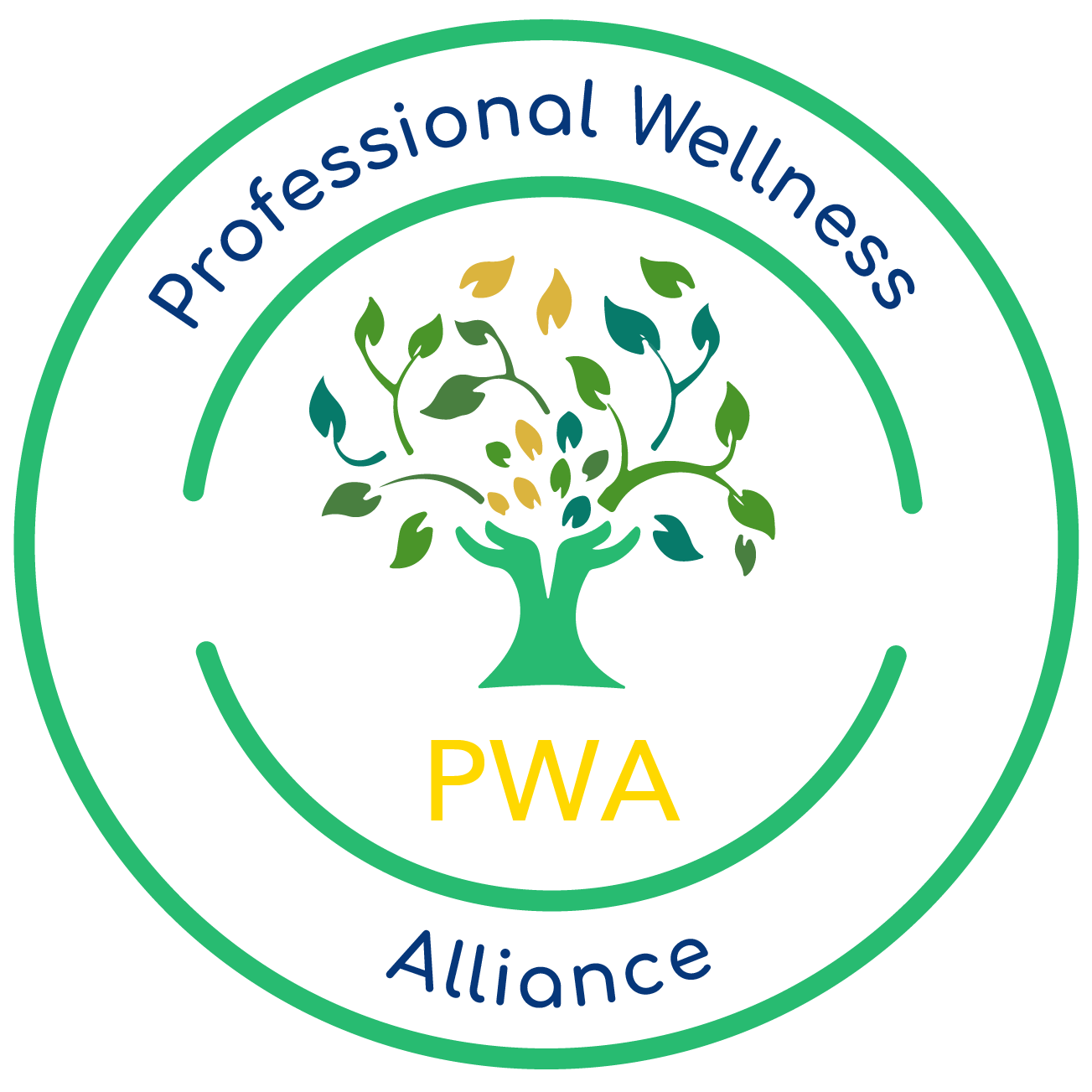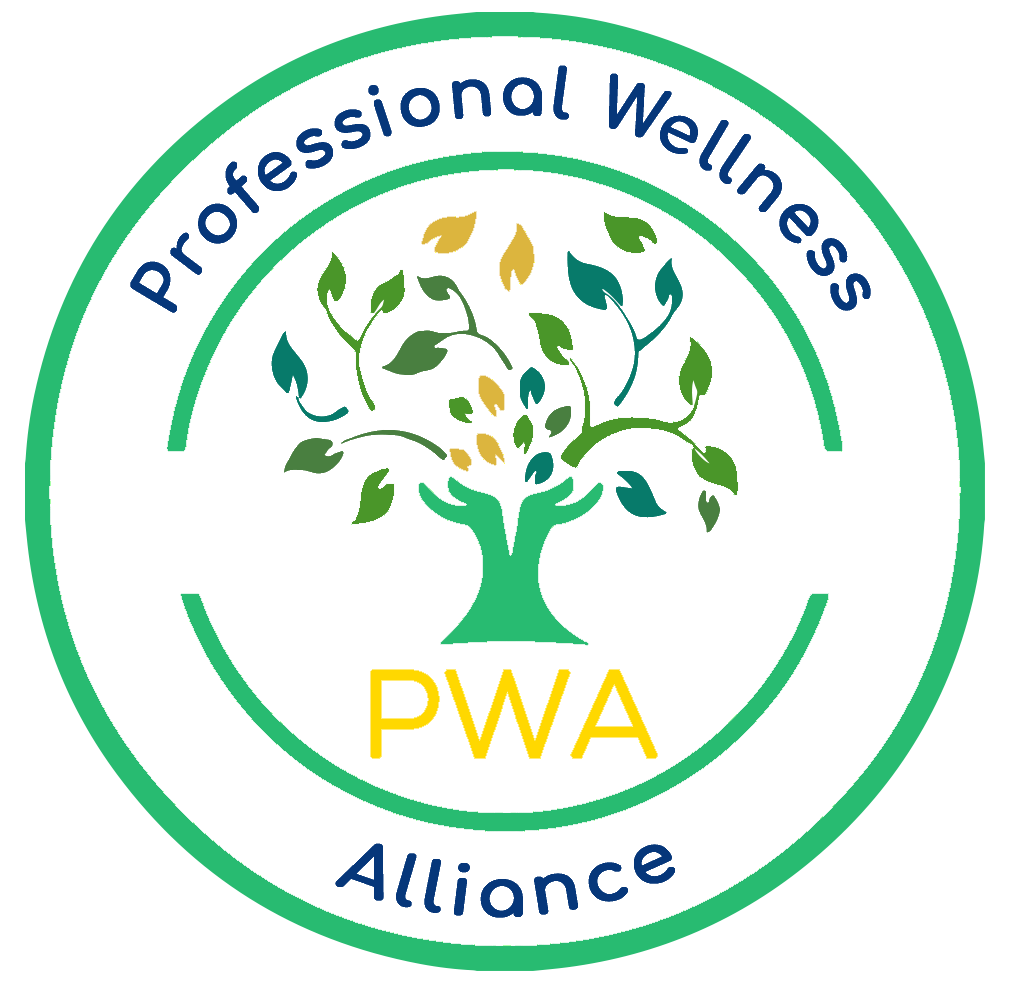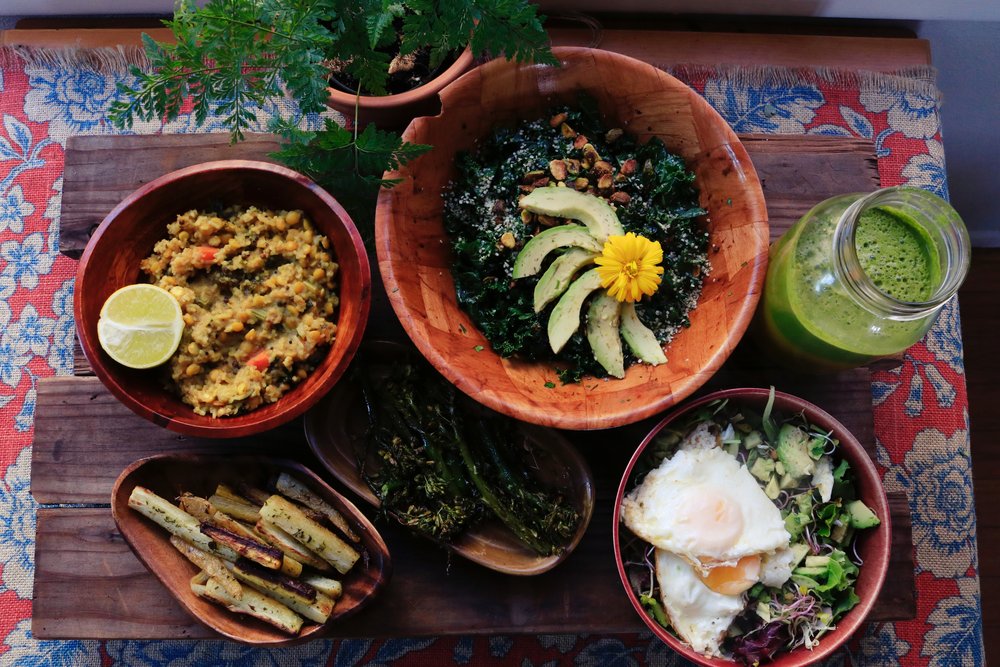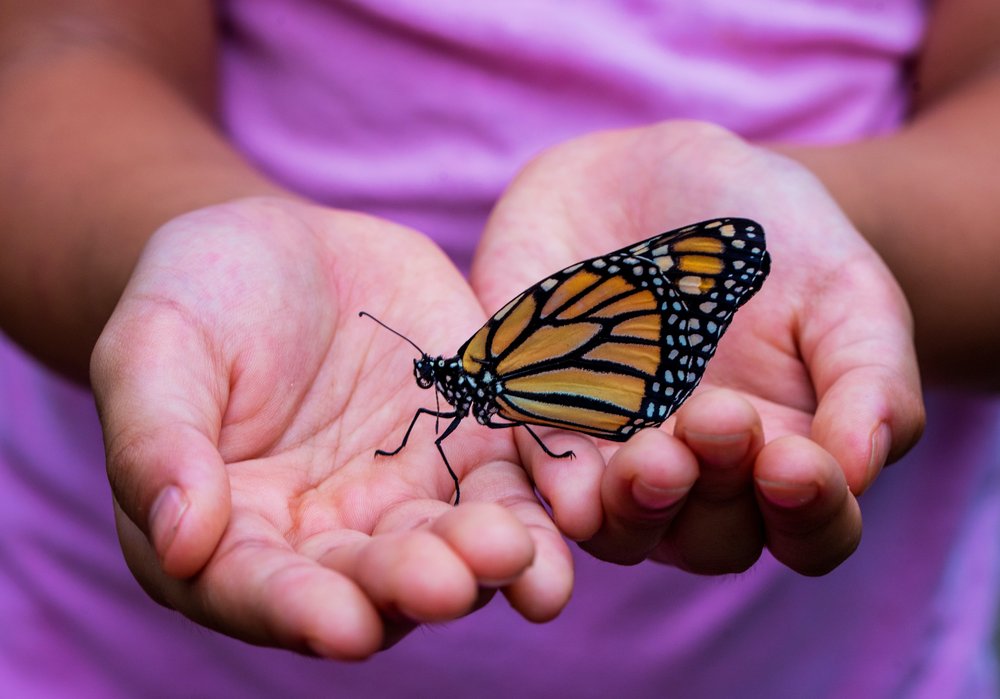There are many reasons why holistic health and wellness is on the rise. Many people are no longer satisfied with Western or mainstream medical approaches for health. The public has become increasingly wary of the influence of Big Pharma in the conventional healthcare system and the over-prescription of synthetic, pharmaceutical drugs.
Instead, clients are seeking treatments that get to the root of the illness with fewer side-effects while avoiding habit-forming substances. Thanks to this shift in public opinion, therapies that only a few years ago were on the fringe are now taking center stage.
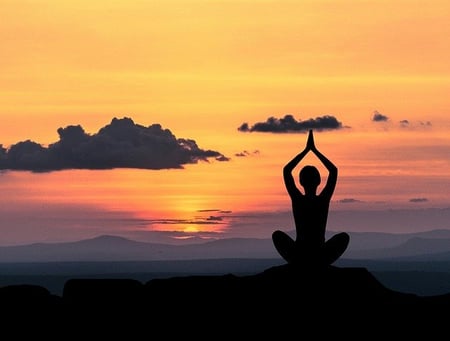
Complementary and Alternative Medicine
The demand for complementary and alternative medicine (CAM) is increasing across the country. First, it’s important to understand the difference between the two. Alternative therapies are used instead of conventional modern medicine. Complementary therapies are used in addition to conventional modern medicine.
Systems such as functional medicine, naturopathy, and integrative medicine make it possible to use holistic and “Eastern” therapies alongside conventional modern medicine.
As you explore your options, always make sure that your holistic provider is licensed. Licensure shows they take your health and safety seriously, have had their credentials checked by a credible organization such as the Professional Wellness Alliance (PWA), and have completed the requirements and training to offer qualified holistic health and wellness services.
Here are the 10 most popular complementary and alternative therapies:
-
Essential Oils & Aromatherapy
-
Reiki
-
Massage Therapy & Reflexology
-
Functional Health
-
Naturopathy
-
Nutrition / Herbal Remedies and Supplements
-
Hijama Cupping
-
Yoga
-
Chiropractic
-
Ayurveda
1. Essential Oils & Aromatherapy
Essential oils have been used by humans throughout the world for thousands of years to improve health. They are very potent and concentrated plant essences distilled from the roots, seeds, stems, bark, fruits, flowers, resin, or leaves of plants. Proponents of essential oils and aromatherapy see many benefits including boosting energy, relieving stress, and uplifting mood.
Common types of essential oils are:
- Lavender
- Lemon
- Rosemary
- Peppermint
- Eucalyptus
- Cinnamon
- Tea Tree
- Ylang Ylang
Essential oils can be used in a number of ways including:
- In the air with a diffuser
- Inhalation from the hands
- Topical application onto the skin with a carrier oil
- Passive diffusion
- As a complement to another holistic modality such as massage
- Dropped into a pillow, scarf, or clothing
It is important to verify the quality of both the essential oils and the holistic health provider promoting their use. Essential oils are often used to complement other modalities such as massage, reiki, and yoga.
Click here to see the Complete Guide to Essential Oils 101.
2. Reiki
Founded in Japan by Mikao Usui in the 1920s, Reiki is a type of energy healing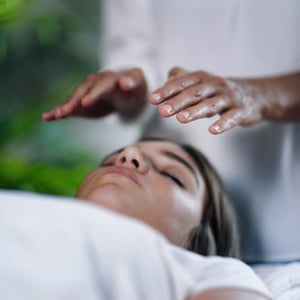 technique now known by millions around the world. The aim of reiki is to allow life force energy to flow freely through the physical and energetic body for balance and wellbeing. It is known as a “non-invasive” technique because it is usually practiced with minimal to no physical contact.
technique now known by millions around the world. The aim of reiki is to allow life force energy to flow freely through the physical and energetic body for balance and wellbeing. It is known as a “non-invasive” technique because it is usually practiced with minimal to no physical contact.
The reiki healer holds their hands close to or on the body in a series of specific positions to channel healing energy, focusing on affected areas and energy blocks. Fundamental to reiki are symbols and attunements as a way of passing the concepts and allowing energy to flow freely through the reiki provider or reiki master towards the recipient of the reiki session.
Learn more about what reiki is and how it works here.
3. Massage Therapy & Reflexology
Massage therapy is the manipulation of the body’s soft tissues with kneading or pressure. It is often used to relieve stress, improve circulation, and pain. There are special massage techniques for sports massage, infant massage, prenatal massage, and more.
Swedish massage is a common form of massage using long, gliding strokes and various degrees of pressure to ease muscular tension and increase blood flow.
Deep tissue massage uses firm pressure to realign the deeper muscles and connective tissues. Hot stone massage uses warm, smooth rocks that are placed on the back for relaxation.
Reflexology is a therapeutic modality within Traditional Chinese medicine. It is a type of massage in which pressure is applied to specific points on the feet, ears, and hands. Central to reflexology is the belief that there is a connection between these pressure points and certain body systems and organs.

Are you a licensed massage therapist? Learn more about how you can offer holistic health services as a state-licensed practitioner.
4. Functional Health
Functional Health (or "Functional Medicine") is a comprehensive approach that incorporates both conventional and holistic systems. It uses a systems biology approach to discover the numerous causes of disease. Diagnosis as well as treatment has multiple dimensions. Many providers of functional health were originally trained in the modern medical system. They take a whole-patient approach to health and obtain extensive background information including biochemical and genetic factors.
Learn more about the difference between Functional Health, Naturopathy, Integrative Medicine and Holistic Medicine here.
5. Naturopathy
Naturopathy is a holistic system that looks at the whole person including mental, spiritual, physical dimensions of health. A naturopathic provider seeks to empower individuals to understand their body’s natural self-healing power so they can make appropriate lifestyle changes. Many people see a naturopath for preventative care, even if they are not sick. A naturopath can incorporate many modalities such as homeopathy, nutritional and herbal remedies, and acupuncture.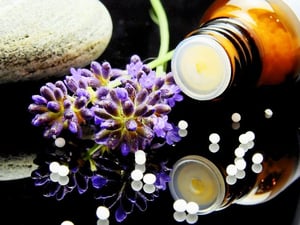 Naturopathic approaches health with a comprehensive plan that incorporates non-invasive therapies such as diet, massage, spinal adjustments, and exercise. In the short-term, a naturopath may support the use of surgery or pharmaceutical drugs, while promoting lifestyle changes and other therapies in the long-term.
Naturopathic approaches health with a comprehensive plan that incorporates non-invasive therapies such as diet, massage, spinal adjustments, and exercise. In the short-term, a naturopath may support the use of surgery or pharmaceutical drugs, while promoting lifestyle changes and other therapies in the long-term.
Before the invention of synthetic and mass-produced pharmaceutical drugs, humans all over the world used medicinal plants and herbal remedies to improve their health. Many of today’s pharmaceutical drugs are synthetic versions of plant medicines. Today, scientific studies can help research the effectiveness of different herbal remedies and supplements.
6. Nutrition / Herbal Remedies & Supplements
Nutrition coaching can help you make lifestyle changes about what you eat for nourishment and health. Nutritional coaches can help guide you to improve overall health, address issues such as disordered eating or digestive problems. Intuitive eating is an approach that is becoming more popular.

Herbalists help people use plants for healing, including hormonal, physical, and mental health. There are many herbal traditions, from Chinese traditional medicine to regional such as South American or hyper-local herbalism with plants found in your specific bioregion. Herbs can be prepared and taken in various forms including tinctures, oils, poultices, or infusions.
Do you provide nutritional advice? Read Heather's story, a holistic health coach who got into legal trouble for providing services without a license.
7. Hijama Cupping
Cupping is a practice that involves placing cups on the skin to create suction.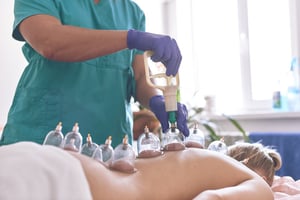 These cups may be made of plastic, ceramic, wood, or glass. There is evidence of cupping techniques from various ancient cultures.
These cups may be made of plastic, ceramic, wood, or glass. There is evidence of cupping techniques from various ancient cultures.
It is most widely known in Chinese Traditional medicine. Providers of cupping believe that it increases blood flow and circulation and can help reduce pain and relieve muscle tension.
8. Yoga
Yoga, which means “union” in the Sanskrit language, is a group of practices  that unite mind, body and spirit. Yoga originated in ancient India and is now popular throughout the world for its health and spiritual benefits. Much more than just the asana (physical pose), yoga includes meditation and service too.
that unite mind, body and spirit. Yoga originated in ancient India and is now popular throughout the world for its health and spiritual benefits. Much more than just the asana (physical pose), yoga includes meditation and service too.
The eight limbs of yoga are:
- Yamas - virtues or universal morality
- Dhyana - meditation
- Dharana - concentration
- Niyamas - observances (purity, contentment, austerity, self-study, surrender)
- Pratyahara - turning inward
- Pranayama - mindful breathing
- Asanas - poses or postures
- Samadhi - pure contemplation/absolute bliss/oneness
There are many styles yoga emphasizing different aspects including:
- Hatha
- Kundalini
- Ashtanga
- Iyengar
- Anusara
- Vinyasa
- Yin Yoga
- Restorative Yoga
There are also many other styles of yoga, with new types of yoga being developed continuously.
9. Chiropractic
Chiropractic care is guided by the idea that the healthy alignment of the spine and the body’s musculoskeletal structure can support the body’s self-healing abilities. The chiropractor uses hands-on manual adjustments to restore function with the aim of relieving pain.
Some use chiropractic care as an alternative to medical or surgical interventions. Others use chiropractic care as a complementary therapy for conventional treatment. People often seek chiropractic treatment for back pain or tissue injury caused by an accident.
Are you a licensed chiropractor? Learn more about offering holistic health services as a state-licensed practitioner.
10. Ayurveda
Ayurveda is often called a “sister science” to yoga. Like yoga, it developed in 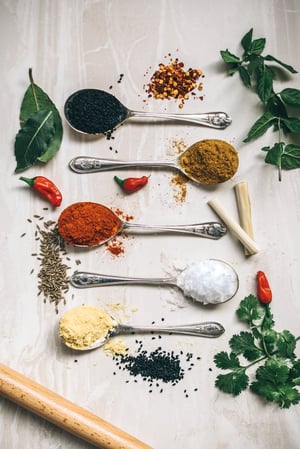 ancient India and is based on the concept of universal interconnectedness. Central to the system of Ayurveda is the concept of one’s constitution, known as Prakriti and bio-elements known as doshas.
ancient India and is based on the concept of universal interconnectedness. Central to the system of Ayurveda is the concept of one’s constitution, known as Prakriti and bio-elements known as doshas.
Within Ayurveda, there are three fundamental bodily bio-elements that influence health. These doshas are Pitta (fire and water), Kapha (water and earth), and Vata (space and air).
An ayurvedic practitioner addresses the holistic well-being of each individual. The aim is to rebalance life force energy through a personalized treatment plan. This may include cleansing with laxatives, massage, oils, and herbs. The goals of Ayurveda include naturally building resistance to disease, reducing symptoms, eliminating impurities, and restoring the balance between the mind, body, and spirit.
Wondering how to find a qualified holistic health provider?
It is in your best interest to find experienced, well-trained, and licensed holistic health providers who use best practices to protect your health and safety. For instance, the Professional Wellness Alliance (PWA) Community includes thousands of licensed providers who offer a variety of holistic health and wellness services.
They are all included in the PWA Directory, which shows whether or not a provider is licensed and has had their qualifications verified. These two distinctions give you the added confidence and show that a holistic health provider cares about your safety and has the proper qualifications. The PWA Community is also open to anyone interested in receiving holistic services!
Are you a holistic health & Wellness provider?
Join the movement for holistic health and learn how the PWA License Program can help protect your services and clients from state regulatory board crackdowns.
Learn more about who can join the community and see if it's right for your holistic health & wellness services.
.png?width=350&height=350&name=professional-wellness-alliance-logo%20(2).png)
